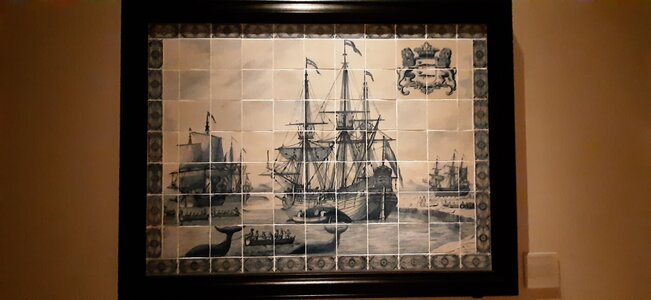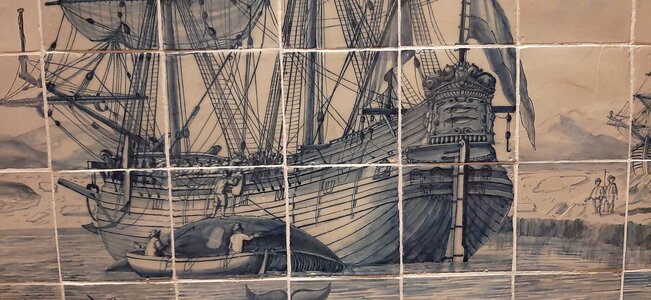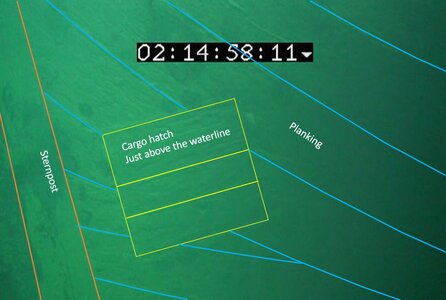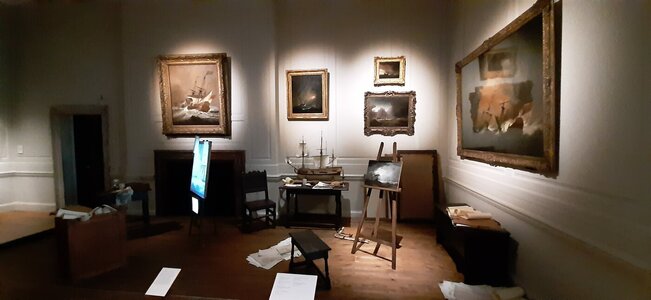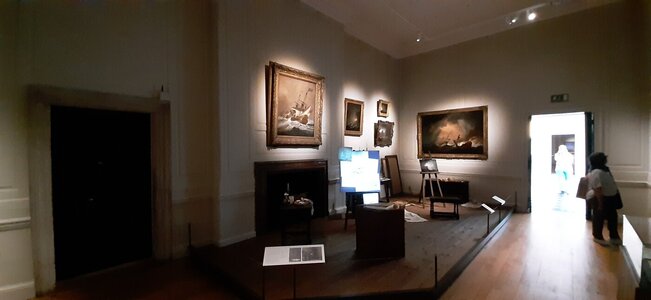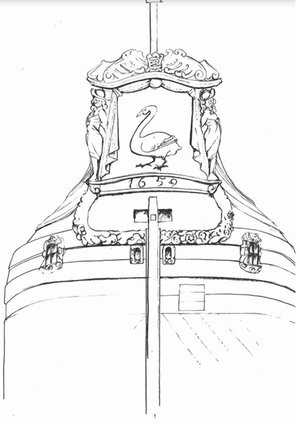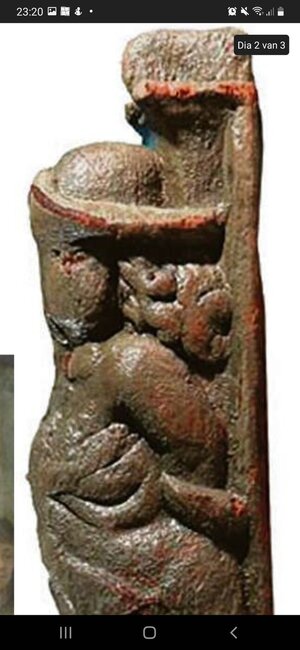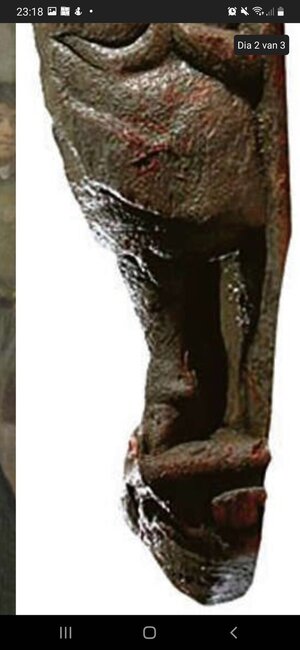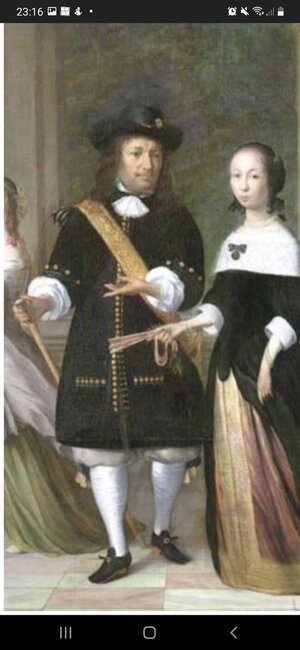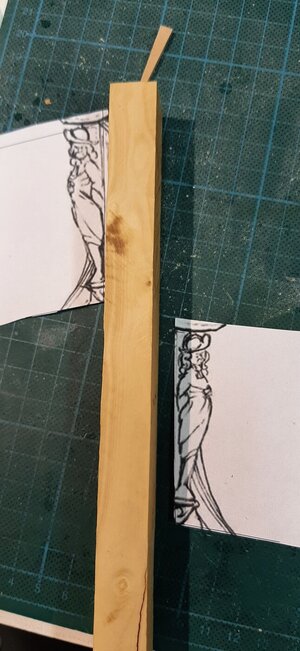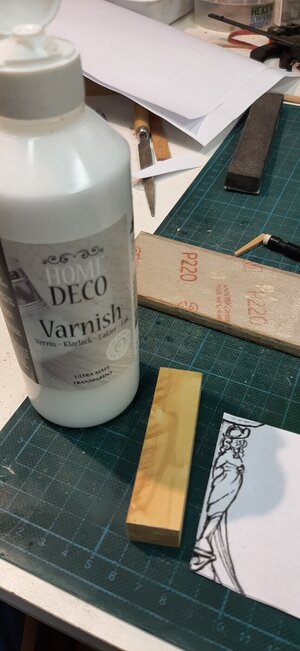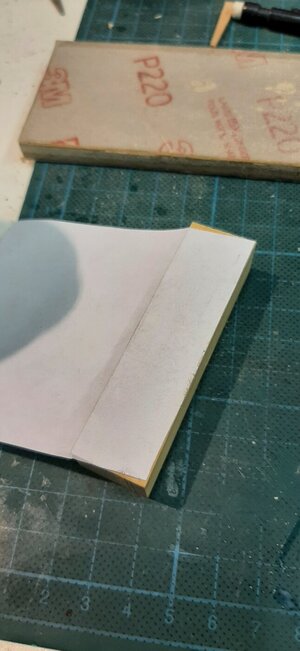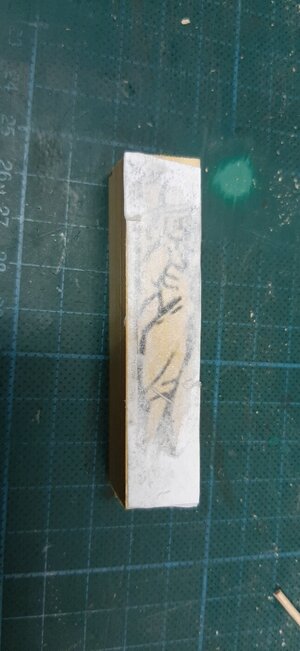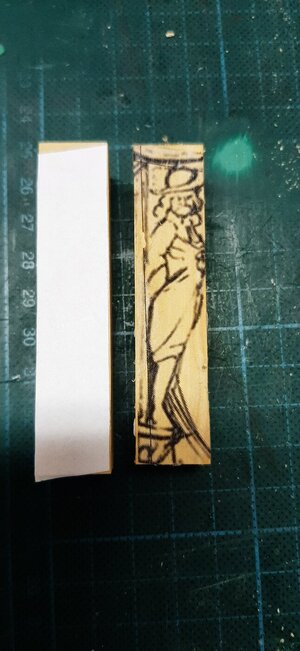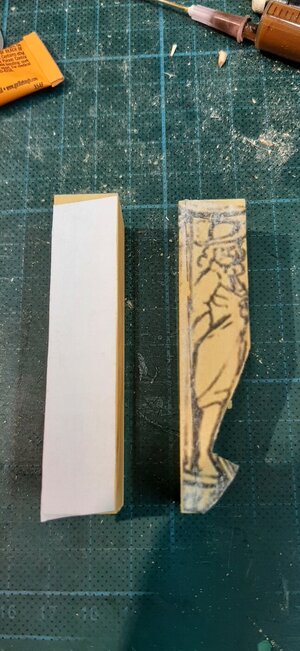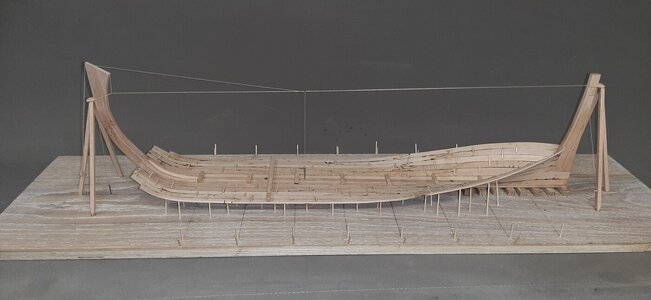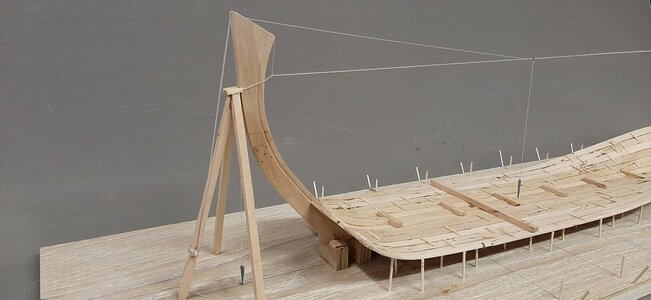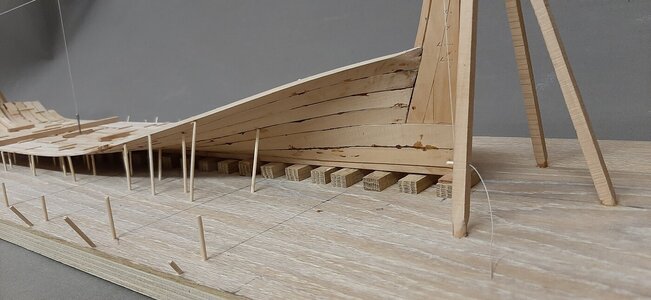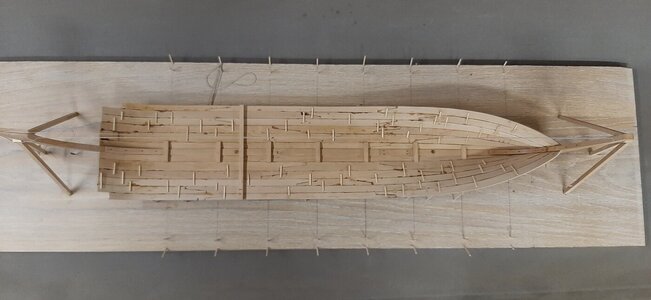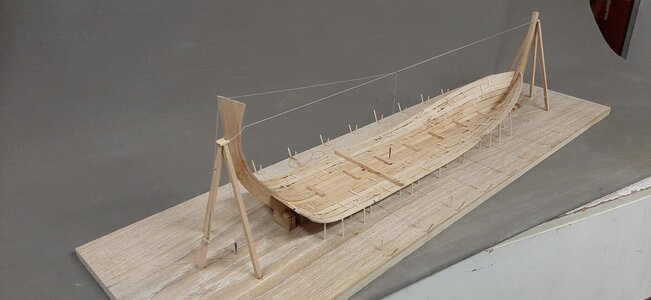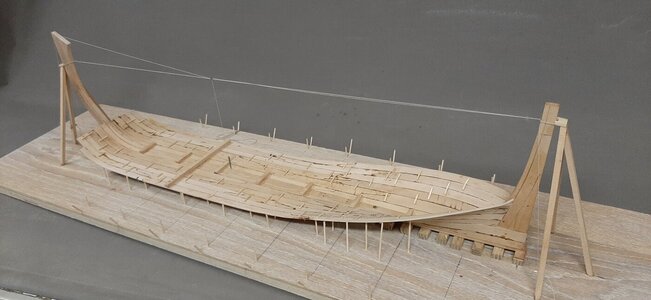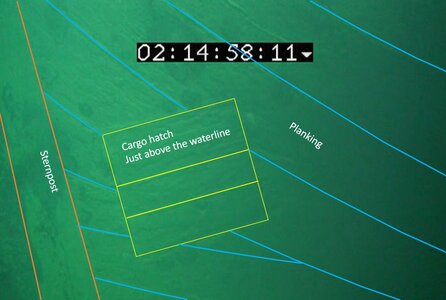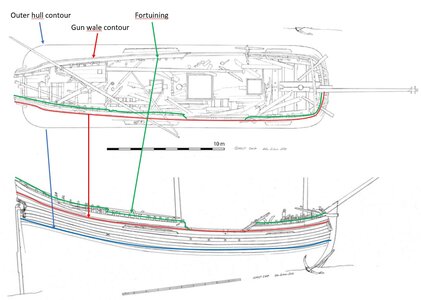Last few days I was in London for work and could combine it with a vist to the nmmg. I went ofcourse for the navy board models which they had in the past in a very nice overview together in one room, that was already over 20 years ago.
The pitty with modern museum displays to my opinion is that they have to tell a story nowadays and every museum wants to be an experience.
This means from the biggest colection of navy board models there are just a few on display all spread around in the museum. Really a pity and a missed change for such a great collection. In that perspective the USNA display is really the best I currently know as a ship modeller.
But that on the side. What I found in the nmmg is a late 17th century Dutch Delft blauw tile tableau with a fluyt on it. It is coming from a house in De Rijp which was a rich 17th century whaler vilage just north of Amsterdam.
This tableau shows the fluyt at the stern and the run of the planks.
View attachment 386824
And looking in detail you see exactly the same as on the wrecks I looked at.
View attachment 386825
View attachment 386828
So diagonal run of planks confirmed.
Last pictures I d like t share with you is the actual working room of Willem van der Velde at the Queens House next to the nmmg.
View attachment 386826
View attachment 386827
Thanks to father and son Van der Velde we know in detail how a lot of 17th ships looked like.
Their exihibition at the queens house is stil free to visit, so I recommend go there if you haven t seen it and are in London.




